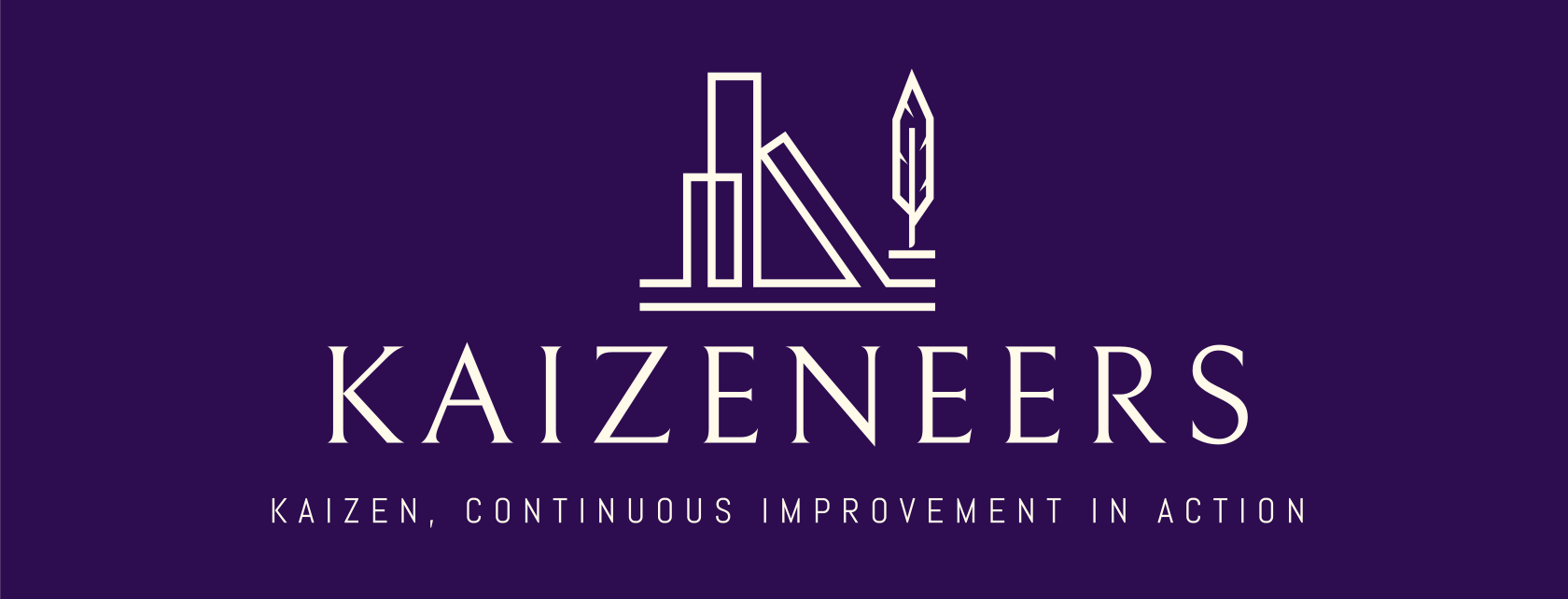Are you feeling overwhelmed and stressed at work? Are you struggling to keep up with the demands of your job? It’s time to harness the power of kaizen and transform your workday!
Kaizen is a Japanese philosophy of continuous improvement that can help you achieve greater success and happiness. The term kaizen means “change for the better” and the philosophy involves making small, incremental changes in all areas of life to continuously improve and achieve your goals.
As a professional development coach and expert in the field of personal growth, I’ve seen the amazing results that kaizen can bring. In this article, I’ll share with you 5 kaizen techniques that you can use to have a more productive workday and reach new levels of success.
- Start the day with a positive mindset: Your mindset is the foundation of your success. When you start the day with a positive mindset, you’ll feel more energized and motivated to tackle the tasks ahead. Spend a few minutes each morning focusing on your goals and visualizing yourself accomplishing them.
- Set clear priorities: One of the biggest challenges in the workplace is having too many tasks to do and not enough time to do them. To combat this, set clear priorities for each day and focus on the most important tasks first. This will help you stay focused and avoid feeling overwhelmed.
- Practice mindfulness: Mindfulness is the practice of being present in the moment and fully engaged in what you’re doing. When you’re mindful at work, you’ll be more focused, creative, and productive. Take regular breaks throughout the day to practice mindfulness, such as deep breathing, meditation, or simply taking a walk.
- Embrace failure: Failure is a natural part of the learning process, and it’s often the best way to grow and improve. Instead of fearing failure, embrace it and see it as an opportunity to learn and grow. This mindset will help you overcome challenges and achieve your goals faster.
- Celebrate small victories: It’s important to celebrate your progress and acknowledge your achievements, no matter how small they may be. Celebrating your victories will help you stay motivated and focused on your goals, and it will also help you maintain a positive outlook.
By using these 5 kaizen techniques, you’ll be able to have a more productive workday and achieve greater success. Remember, the power of kaizen lies in its focus on small, incremental changes that lead to big results over time. So start making small changes today and watch your workday transform!
Experts in the Field of Kaizen
There are many experts in the field of kaizen, and there are many books and resources available to help you get started. Some of the leading experts include:
- Masaaki Imai, the founder of Kaizen Institute, who has written several books on the subject, including “Kaizen: The Key to Japan’s Competitive Success”
- Dr. Stephen Covey, the author of “The Seven Habits of Highly Effective People,” who has written extensively about the principles of continuous improvement
- Dr. W. Edwards Deming, the father of the Total Quality Management movement, who was a strong advocate for the principles of kaizen.
Recent Research on Kaizen
There has been a growing body of research on the benefits of kaizen in recent years. Some of the key findings include:
- Increased productivity: Studies have shown that companies that adopt a kaizen approach see significant increases in productivity and efficiency.
- Improved employee morale: Kaizen can help improve employee morale by involving them in the improvement process and recognizing their contributions.
- Better
- customer satisfaction: Companies that implement kaizen see improved customer satisfaction as a result of increased efficiency, improved product quality, and better customer service.
- Increased profitability: Companies that adopt a kaizen approach see increased profitability as a result of improved efficiency, reduced costs, and increased customer satisfaction.
- In conclusion, the principles of kaizen can help individuals and organizations achieve greater success and happiness by continuously improving and reaching their goals. By embracing the power of small, incremental changes, you can transform your workday, improve your productivity, and reach new levels of success.
- Practical examples of kaizen in the workplace include:
- Streamlining processes: Companies can identify and eliminate inefficiencies in their processes, such as redundancies and bottlenecks, leading to increased productivity and improved customer satisfaction.
- Employee involvement: By encouraging employees to actively participate in continuous improvement initiatives, companies can tap into the collective wisdom and creativity of their workforce, leading to new ideas and solutions to problems.
- Lean manufacturing: The lean manufacturing approach, which is based on the principles of kaizen, focuses on reducing waste and increasing efficiency in the production process. This can lead to significant cost savings and improved quality for companies.
- 5S workplace organization: The 5S workplace organization method involves sorting, simplifying, sweeping, standardizing, and sustaining workplace processes to improve efficiency and safety. This approach can be used in a wide range of industries, from manufacturing to healthcare.
- Continuous improvement teams: Companies can establish continuous improvement teams, composed of employees from different departments, to identify and solve problems in the workplace. This can lead to increased collaboration and better decision-making, ultimately resulting in improved performance and profitability.
- Incorporating these practical examples into your daily work routine can help you achieve greater success and happiness, both personally and professionally. Whether you’re looking to streamline processes, improve teamwork, or increase efficiency, the principles of kaizen can help you reach your goals and continuously improve.

Leave a comment